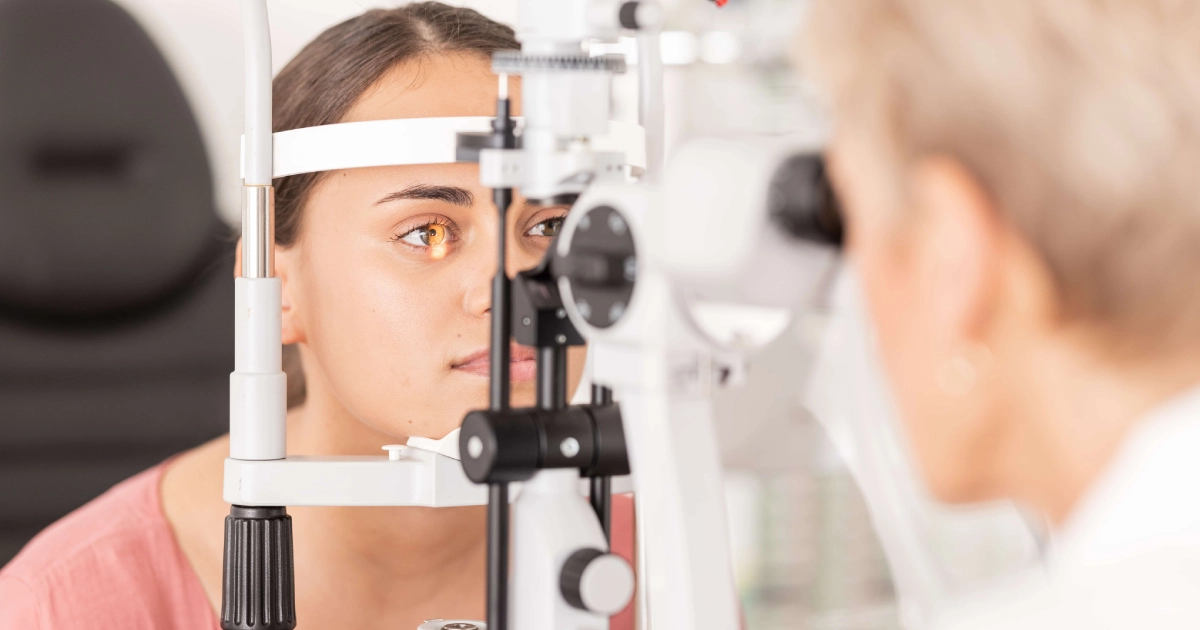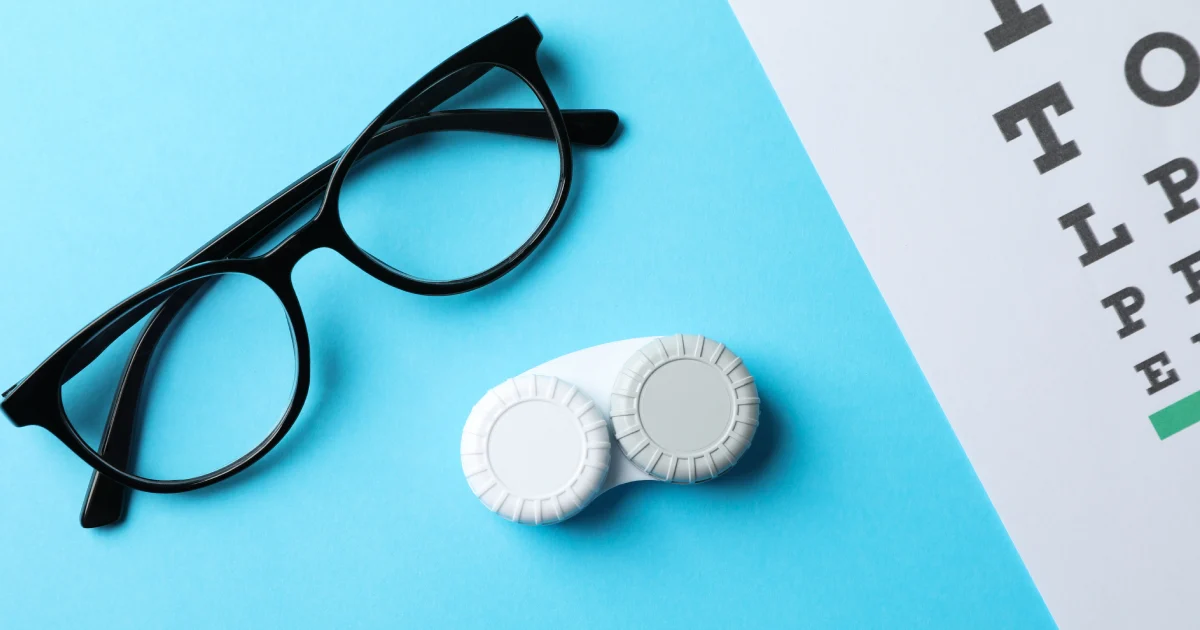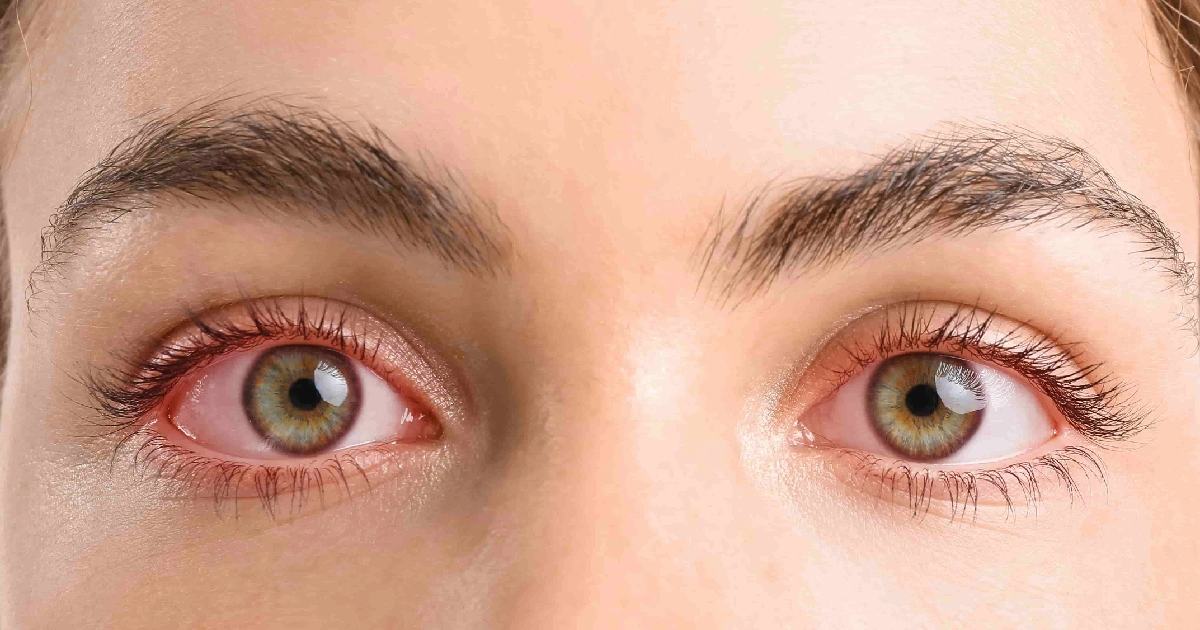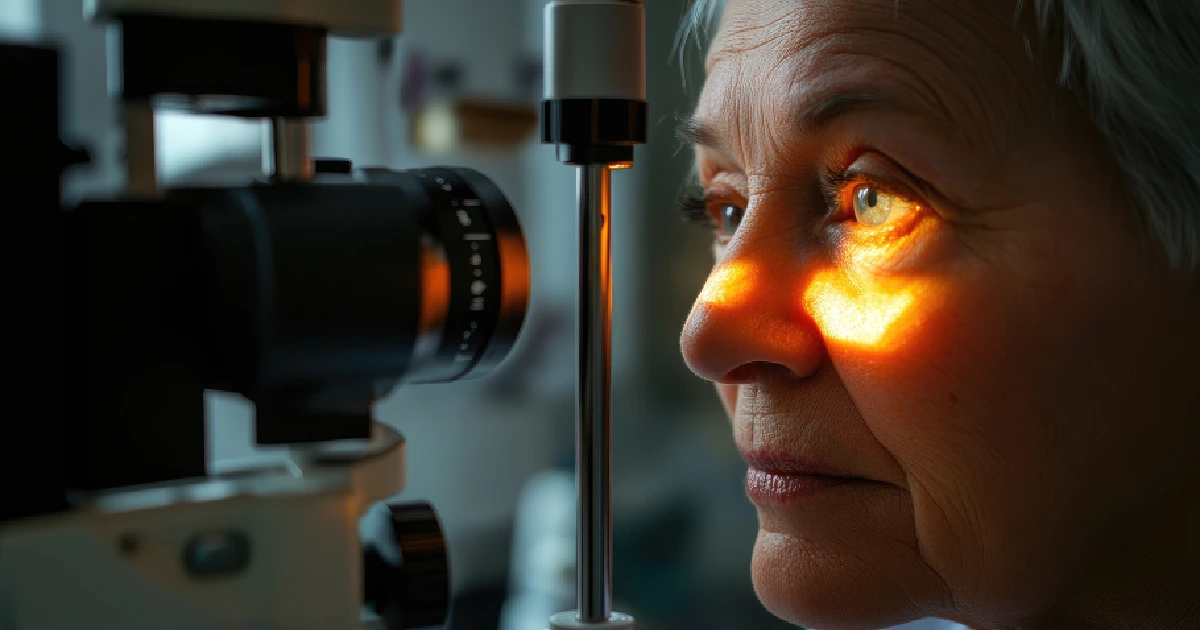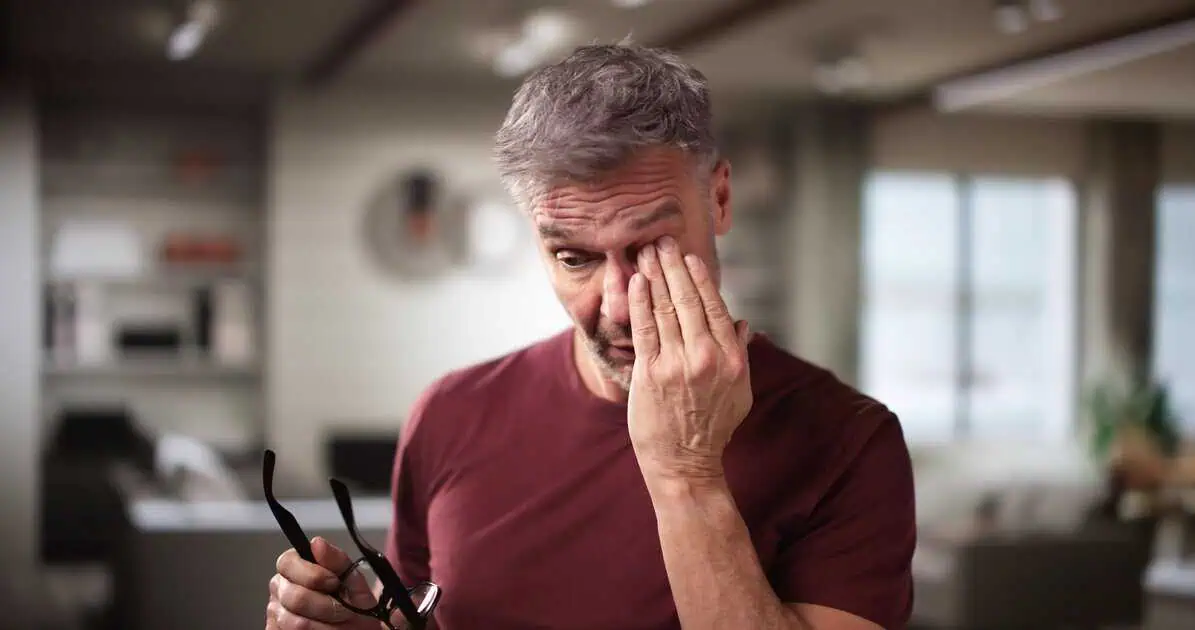Table of Contents
When was your last real eye exam? Many people put off a Comprehensive Eye Exams Treatment because they think their vision is perfectly fine, but your eyes can show what’s happening in the rest of your body. These checkups are a key part of your overall health maintenance, and at Norwood Park Eye Center, we see them as a vital window into your well-being.
What a “Comprehensive” Exam Really Means
A “comprehensive” exam at Norwood Park Eye Center sounds serious, but it just means we’re looking at the whole picture, not just your vision. A basic vision screening might check whether you need glasses, but it won’t detect subtle, silent health issues that can hide in the back of your eye. A professional eye exam is a complete eye health checkup, and it’s one of the best things you can do for yourself.
What Can You Find In An Eye Exam?
This is where the true value of a Comprehensive Eye Exam benefits really shines. You might be surprised at what we’re looking for when you’re in the chair. It’s not just about blurriness; it’s about detecting eye diseases early and even spotting general health problems before they become serious.
Spotting Glaucoma
Glaucoma is a condition that damages your eye’s optic nerve, or the vital link between your eye and your brain. This damage is usually caused by abnormally high intraocular pressure (IOP) inside your eye. The most common type, open-angle glaucoma, has absolutely no symptoms, no pain, and no vision change until it’s very advanced.
During your professional eye exam, we perform an “eye pressure test”. It’s quick and painless. This test, combined with a direct look at your optic nerve during the dilated exam, is the single most important screening tool for glaucoma. If we catch it early, treatment with simple eye drops or other procedures can manage the pressure and stop the disease from progressing, saving your sight.
Detecting Cataracts
Cataracts are a very common part of aging. This is when the natural lens inside your eye, which should be clear, begins to cloud. It’s like trying to look through a foggy or frosted window.
Using a slit lamp, we can see this clouding long before it seriously affects your daily life. A slit lamp is a high-powered microscope that provides a magnified view of the front of your eye, including the lens, iris, and cornea. While cataracts aren’t a medical emergency, knowing you have them helps us track their progress. When they do start to interfere with activities like driving or reading, we can refer you for a straightforward, common surgery to replace the cloudy lens.
Checking for Macular Degeneration (AMD)
Age-Related Macular Degeneration (AMD) is a leading cause of vision loss for people over 50. It affects your macula, the small central part of your retina responsible for sharp, detailed, straight-ahead vision. AMD doesn’t cause total blindness, but it can make it very difficult to read, recognize faces, or drive.
When we dilate your pupils, we get a wide-open view of your retina and macula. This is the only way to spot the signs of AMD. Catching it early allows us to recommend lifestyle changes, specific vitamins (AREDS2), and monitoring tools.
Finding Signs of Diabetes
The first person to suspect you have diabetes may be your eye doctor. This is because elevated blood sugar can damage your retina’s small, fragile blood vessels. Diabetic retinopathy is the term for this condition. These arteries may enlarge, leak fluid, or even shut off entirely due to high blood sugar levels.
During the dilated eye exam, we can directly see these vessels. We look for tiny hemorrhages, swelling, or deposits. In more advanced stages, the retina may form new, fragile blood vessels that can bleed, leading to severe vision loss.
These changes can happen before you experience any other symptoms of diabetes. If we spot them, we will urge you to see your primary care physician right away. For those already diagnosed with diabetes, an annual eye exam is absolutely essential to monitor and manage diabetic retinopathy.
Noticing High Blood Pressure (Hypertension)
Just like with diabetes, high blood pressure can also visibly damage the blood vessels in your retina. This is called hypertensive retinopathy. Chronic high blood pressure can cause the artery walls in your eye to thicken and narrow, restricting blood flow. We can see where these hardened arteries cross over veins, “nipping” or constricting them, which is a clear sign of persistent hypertension.
In very serious, acute cases, we might see bleeding, fluid leakage, or swelling of the optic nerve. These signs are a clear signal that your blood pressure is not well-controlled and may be damaging organs throughout your body, not just your eyes. This is another case where a routine eye care exam becomes a potential life-saving health screening. It gives us a direct, non-invasive look at your circulatory system, and finding these changes can help you get the treatment you need.
Identifying High Cholesterol
Another systemic problem that might leave hints in your eyes is high cholesterol. An arcus senilis is a yellowish-white ring that occasionally appears around the periphery of your cornea. For older persons, this may be a typical aging symptom, but for those under 40, it may be a clear marker of elevated triglycerides and cholesterol.
More seriously, we may see cholesterol deposits inside the retinal blood vessels. A plaque that blocks one of these tiny arteries can cause a “stroke” in the eye (a retinal artery occlusion) and sudden, permanent vision loss in that eye. It also suggests that similar plaques are forming in other parts of your body, such as your heart or brain.
Is an Annual Eye Exam Really for Everyone?
Yes, it is, but why you need it changes throughout your life. A routine eye care exam is important for everyone, from infants to seniors.
For Infants and Children
We’re checking for proper eye alignment (to catch strabismus, or “crossed eyes”), “lazy eye” (amblyopia), and significant refractive errors that could hinder their development. An exam before they start school is critical to ensure vision problems don’t get misdiagnosed as learning difficulties.
For Teens and Young Adults
This age group spends a lot of time on digital devices. This can lead to digital eye strain, with symptoms like headaches, tired eyes, dry eyes, and blurry vision. This is also the time when prescriptions can change quickly. An annual eye exam establishes a healthy baseline and helps manage any vision needs for school, sports, and driving.
For Adults (20s-40s)
Even if you have 20/20 vision, it’s time to be proactive. These routine eye exams are your best defense for catching the earliest signs of glaucoma and other health issues. For many people, this is also when presbyopia or the need for reading glasses begins to set in, usually in the early to mid-40s.
For Seniors (50+)
Once you’re over 50, an annual eye health checkup is generally considered essential. This is the high-risk group. Your risk for cataracts, glaucoma, and macular degeneration increases significantly with every passing year.
Your Next Step to Protecting Your Sight
Your vision is precious, and protecting it is about so much more than just seeing clearly. A comprehensive exam is a simple, painless way to care for your eyes and your overall health.
Don’t wait until you have a problem or your vision gets blurry to get checked. At Norwood Park Eye Center, we’re committed to providing the best Comprehensive Eye Exams Treatment in Chicago, IL, to keep you seeing well and feeling great for years to come. Don’t wait for symptoms – Schedule your comprehensive eye exam now.

